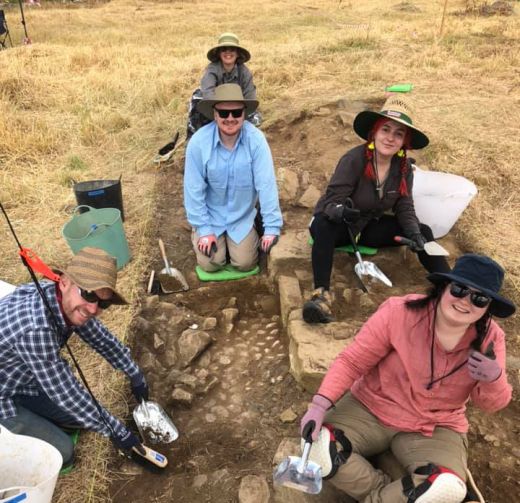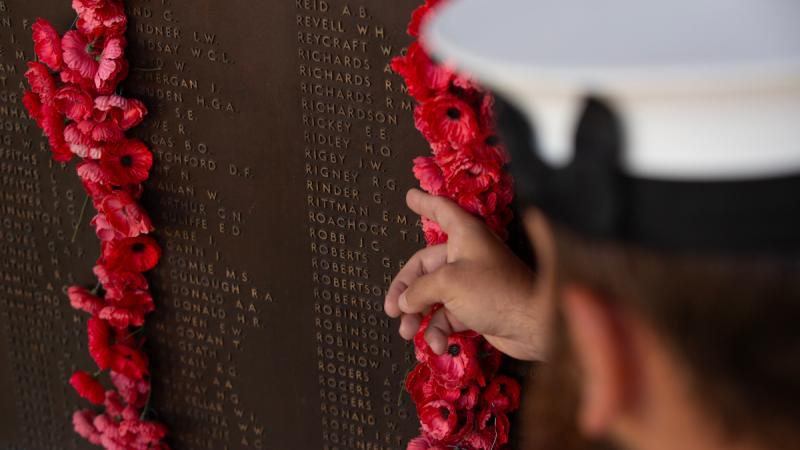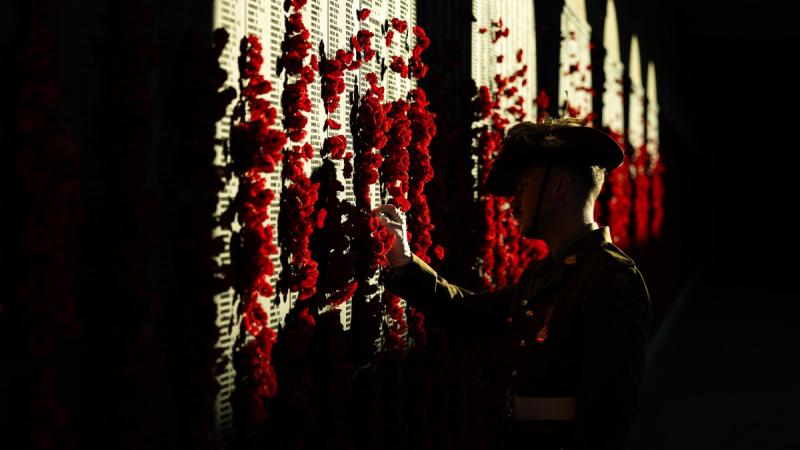
Solitary cells of Tasmanian convicts have been unearthed by 19 university students during a two-week archaeological training excavation.
The solitary cells are part of the former Picton Road Station near Kempton. It was a base for 150 convicts between 1839 and 1847 while they built the highway connecting Hobart and Launceston.
This excavation is the second year of the University of Tasmania’s Convict Archaeology Field School, organised by the School of Humanities in partnership with the Southern Midlands Council.
Adjunct Professor Eleanor Casella of the University’s School of Humanities led the excavation with Brad Williams, Manager Heritage Projects at the Southern Midlands Council, and three other experienced archaeologists.
“We have excavated part of an original solitary cell. These cells are small and expose the harsh conditions in which convicts lived,” Professor Casella said.
Road gangs housed at Picton Road Station worked six days a week between sunrise to sunset. The majority of convicts were tasked with crushing large stones using little more than a pair of handheld tools.
“Field School students gain insight into this history and contribute towards the knowledge-base and archaeological skill training in Tasmania and Australia,” Professor Casella said.
The number of students in the Field School has almost doubled since the first time it was offered in 2019. This year’s participants included 7 University of Tasmania humanities students and 12 archaeology students from universities interstate. The practical experience is credited towards their degrees.
“There are few opportunities to get field experience because it is labour intensive and expensive. The students gain hands-on experience of all stages of professional field work, including excavation, surveying, architectural analysis, artefact management, field conservation and site illustration,” Professor Casella said.
The Executive Dean of the College of Arts, Law and Education, Professor Kate Darian-Smith, said it was wonderful to work with professional archaeologists as part of a larger community research project with Southern Midlands Council.
“It is our aim to give students an experience that is deeply shaped by our place and its history. This Field School gives students a practical understanding of historical archaeology, while at the same time building their understanding of the evolution of Tasmanian identity.”
Structural discoveries include a small room, which does not appear on the station’s existing historic plan. It contains a rich and unusual collection of artefacts.
“We also found Chinese export porcelain, which is unusual at convict stations. This gives insight into colonial trade from Canton/Guangzhou to Van Diemen’s Land,” Professor Casella said.
Brad Williams said the project is fortunate to have the support of the land owners to undertake the research.
“We are grateful to the McShane family who are willing to allow our ongoing access for beneficial research, public engagement and training in convict archaeology.”
An exhibition of artefacts found this summer is open to the public 11am–2pm on Friday 31 January, Saturday 1st February and as part of the Kempton festival on Sunday 16 February.






